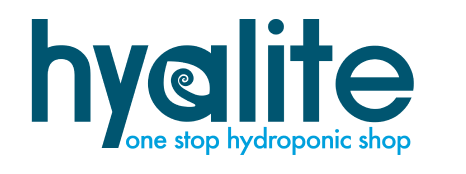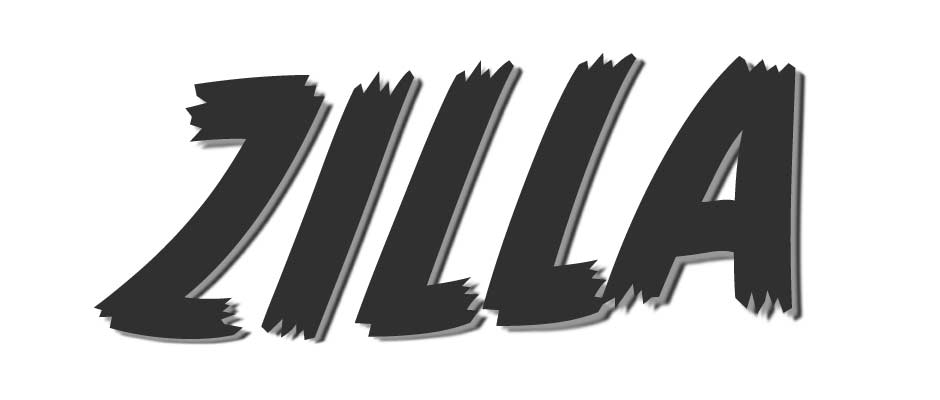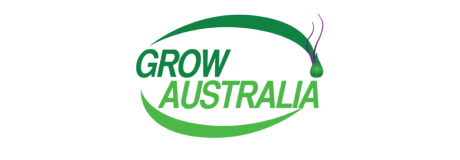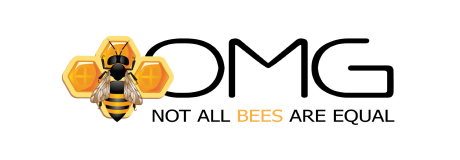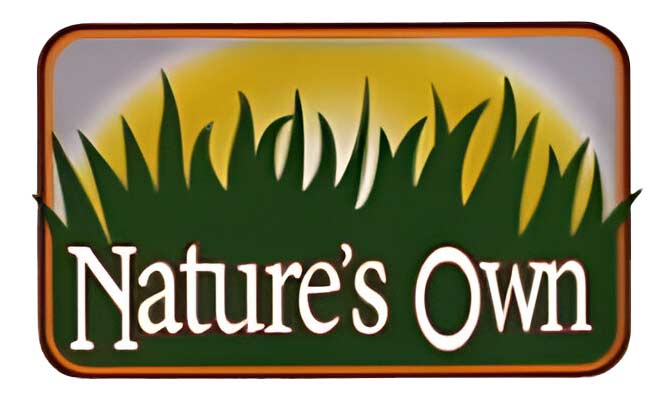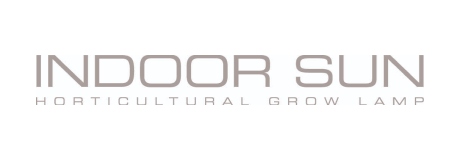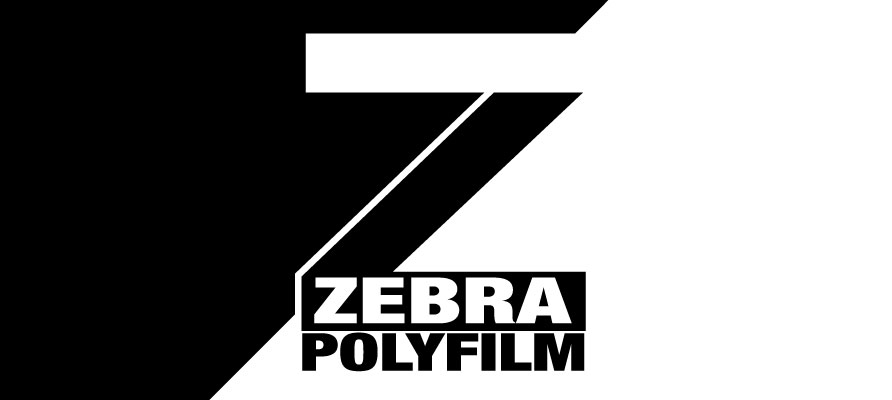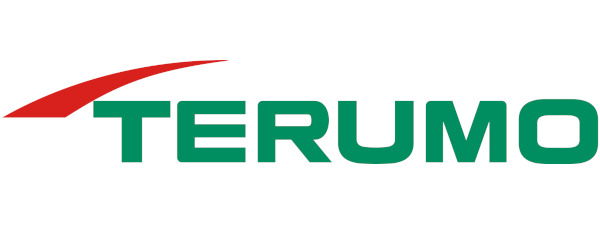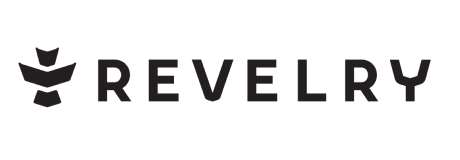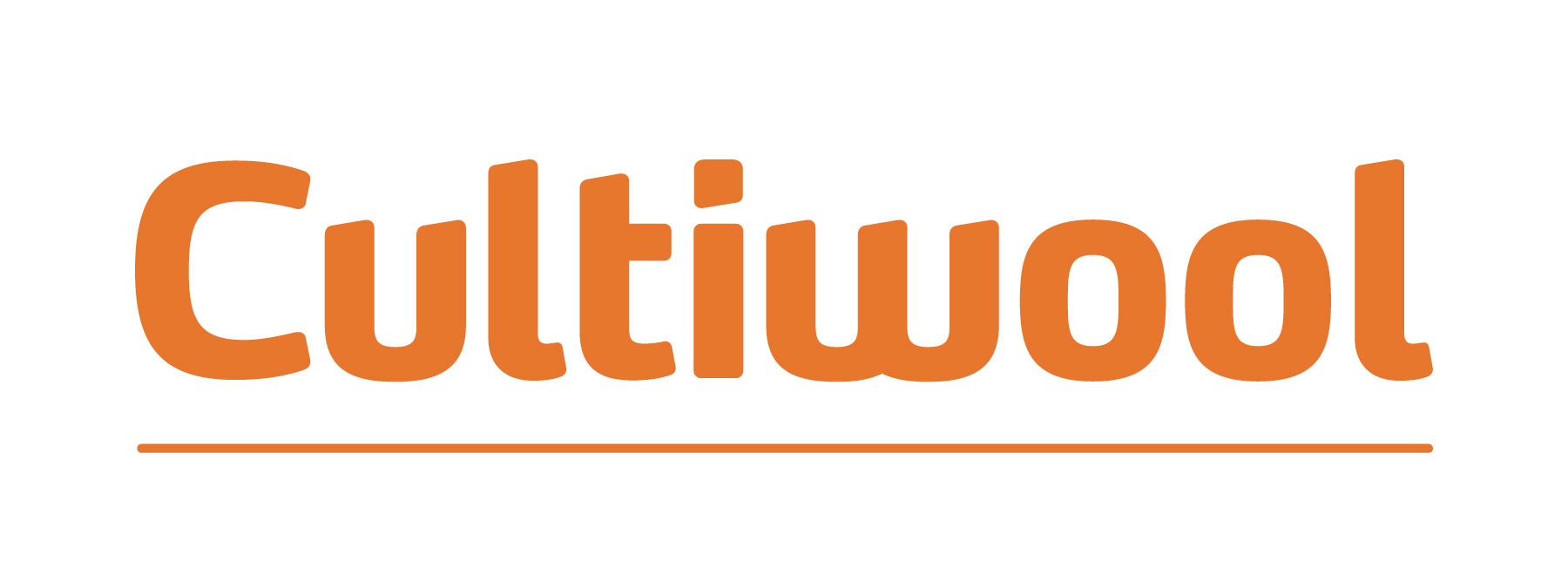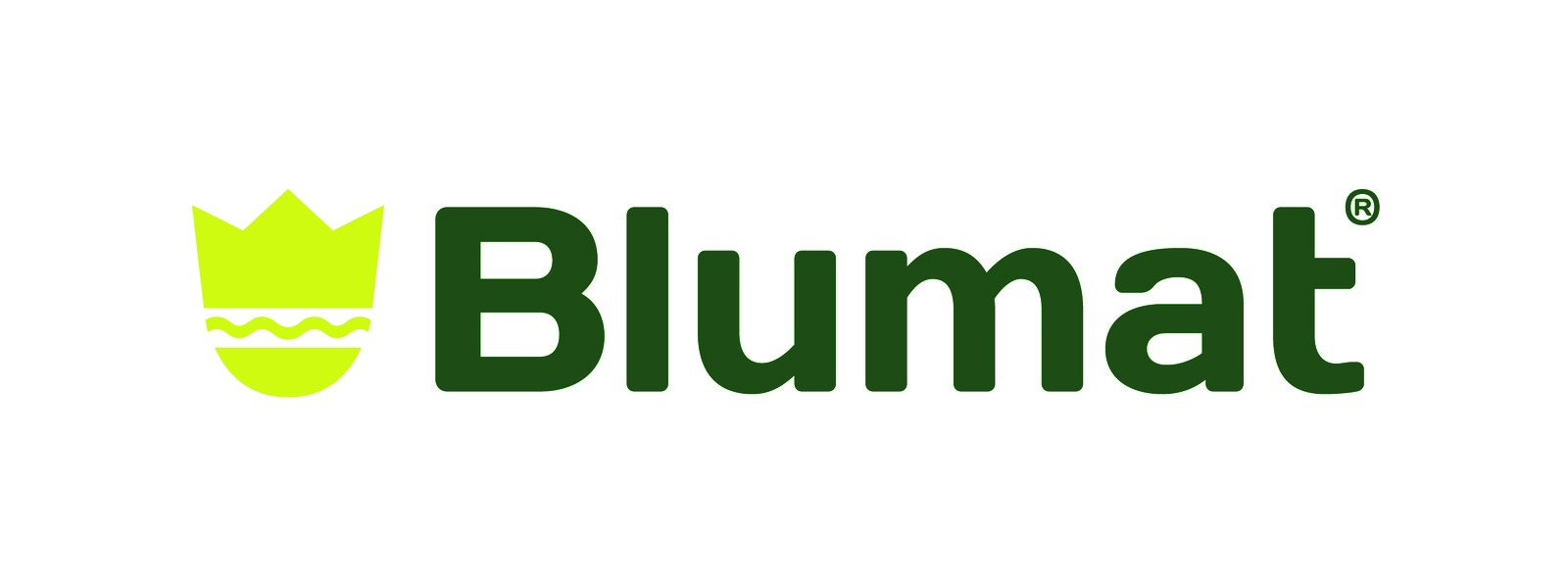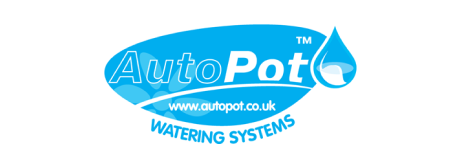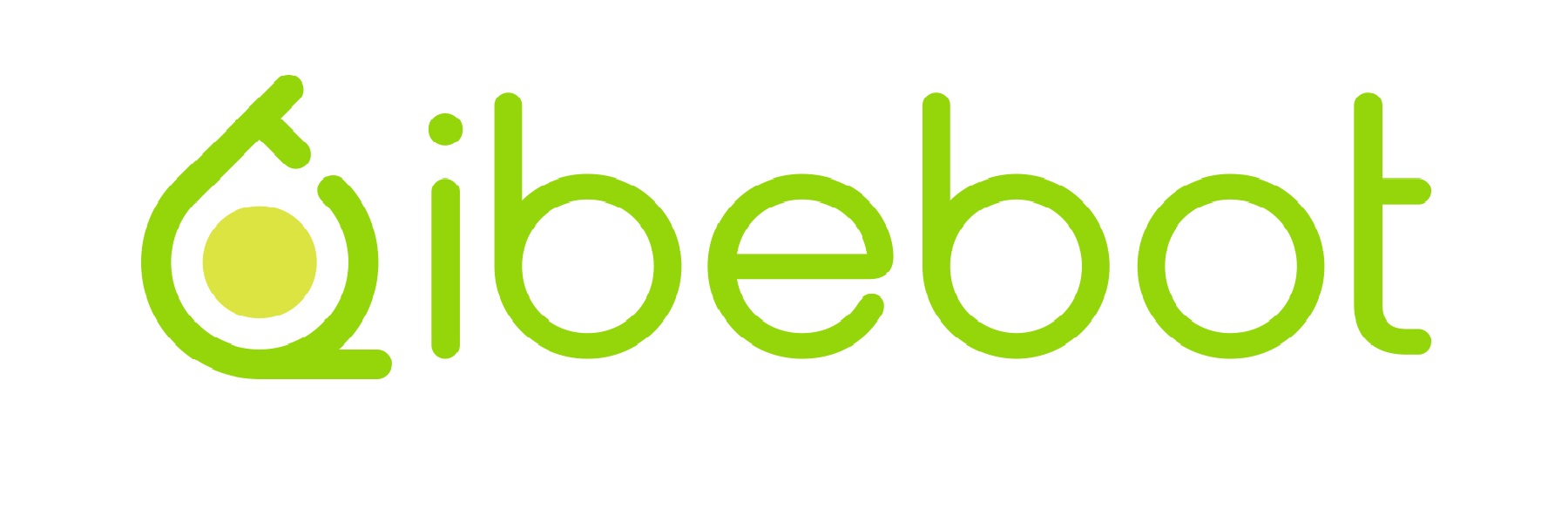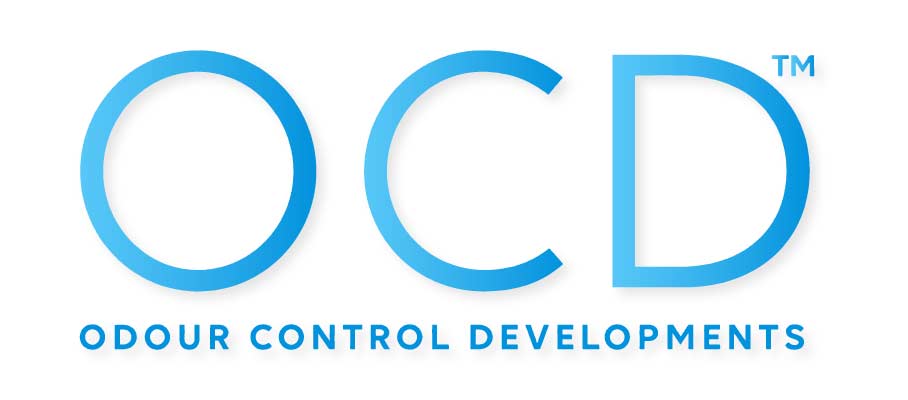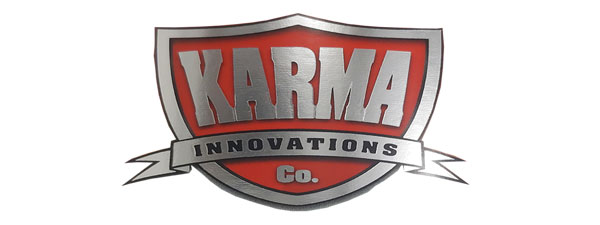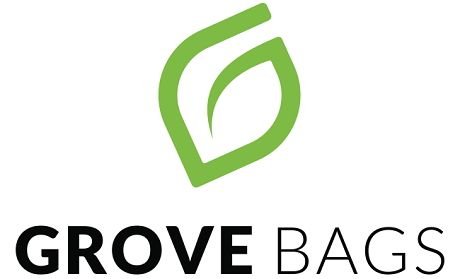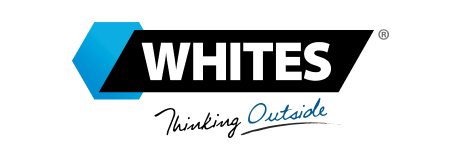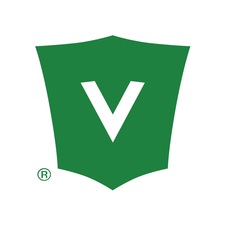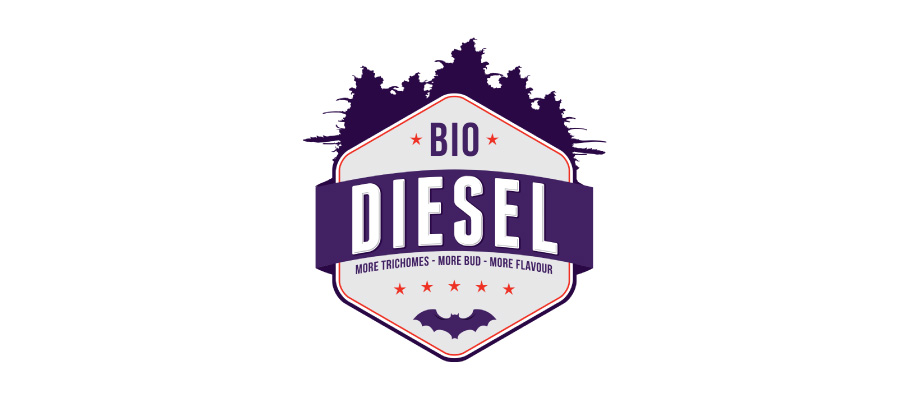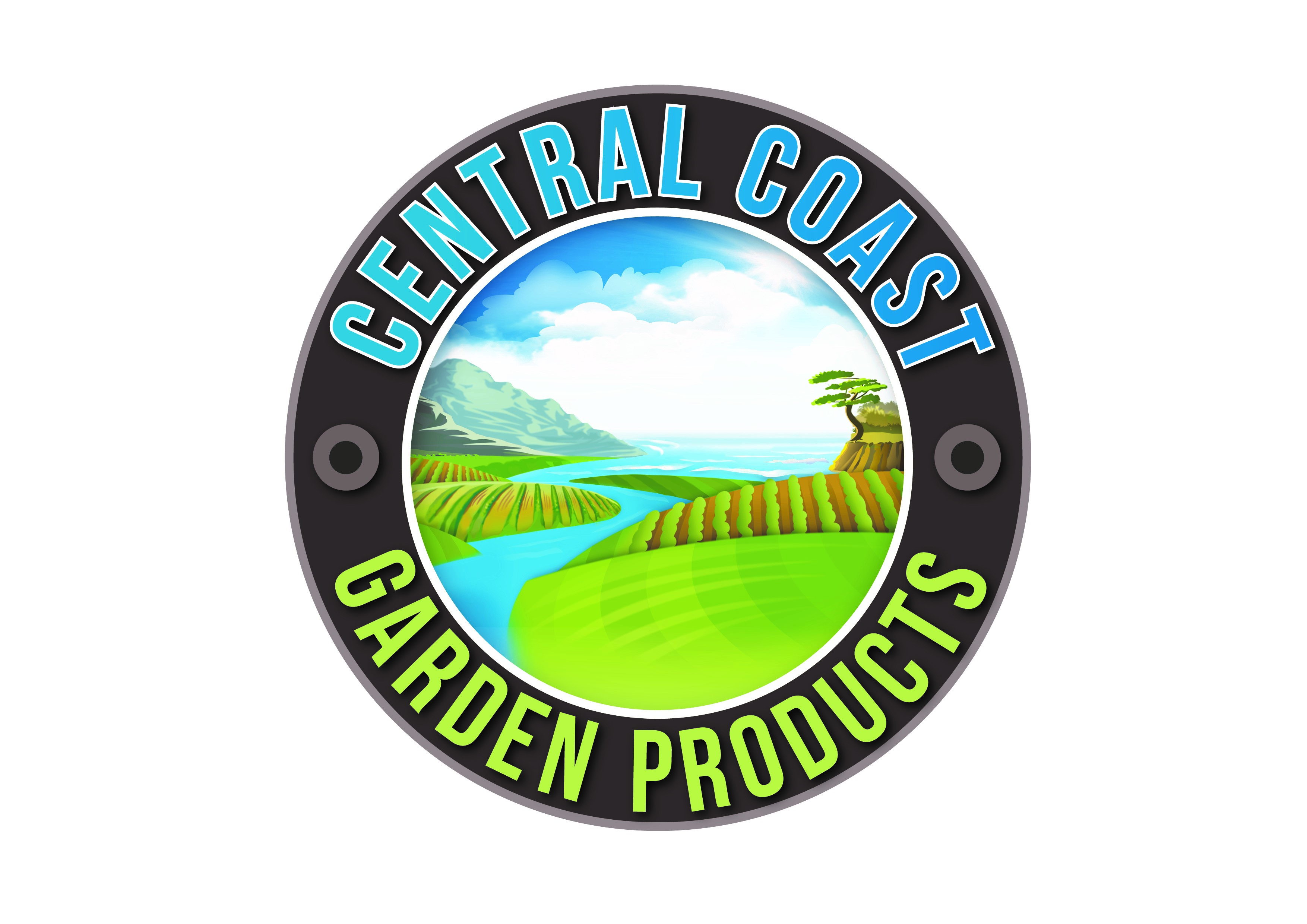The Basics and Benefits of Supplemental Lighting in Hydroponics
When we think about lighting for plants, most immediately picture a single overhead source shining down. While top lighting is critical for growth, supplemental lighting is another game-changer worth considering. This lesser-known technique can significantly impact your plant's health and yield, especially in controlled environments like hydroponics.
Why Supplemental Lighting?
In nature, sunlight hits plants from various angles throughout the day. In an indoor setup, overhead lighting alone might not be enough to reach lower leaves or dense canopies, leading to uneven growth. This is where the side and or under lighting comes into play, better known as supplemental lighting. By positioning lights along the sides and under the canopy of your grow space, you're ensuring more even light distribution across the entire plant, from top to bottom.
The Power of LED Supplemental Lighting
Supplemental lighting using LED technology, like the Hortitek UFO or the Lucius LED Bar R IP66 is particularly effective. LEDs are energy-efficient, generate less heat, and allow for greater control over light intensity and spectrum. The Hortitek UFO is a solid choice for side lighting due to its compact size and versatile design, making it easy to integrate into various setups.
Key Benefits of Supplemental Lighting:
Increased Photosynthesis: Plants need light to photosynthesise, which produces the energy they need to grow. By introducing light from the sides and/or bottom, you're hitting leaves that otherwise wouldn't get much light, especially on taller plants or those with thick canopies. More light means more photosynthesis, leading to faster growth and better yields.
Better Light Penetration: In traditional setups, the lower parts of plants can get shaded by the upper leaves, limiting growth in those areas. Supplemental lighting helps illuminate these shaded zones, allowing light to penetrate deeper and reach all parts of the plant. This can result in healthier foliage, better flower development, and a more robust root system.
Boosted Yields: The more energy plants can produce through photosynthesis, the more energy they have to focus on fruiting and flowering. For growers, this means bigger yields. Proper supplemental lighting allows plants to maximise their potential. Plus, more abundant harvests.
Reduced Stretching: Plants tend to "stretch" or grow taller when not receiving enough light. This happens as they reach upwards in search of more light. Supplemental lighting can help combat this by providing consistent illumination from multiple angles, keeping plants shorter, bushier, and more manageable.
Optimised Space Utilisation: In hydroponic systems, especially vertical ones, space is often a premium. Supplemental lighting ensures that every plant receives enough light, even in the corners or lower on the rack. This helps you make the most of your growing space without compromising light coverage.
Practical Tips for Supplemental Lighting in Hydroponics:
Positioning: Place your supplemental lights close to the lower sections of your plants, but be mindful of the intensity. Keep enough distance to avoid heat stress, though. With LEDs like the Hortitek UFO, this risk is much lower than other light types.
Light Distribution: Ensure that your supplemental lights complement your overhead lighting for even coverage. You don't want to overexpose certain areas while leaving others in the dark.
Timing: Supplemental lighting can be run simultaneously with overhead lights during your plant's active growth phases. Alternatively, you can experiment with it during specific periods like flowering to maximise flower development.
Supplemental lighting might not be the first thing that comes to mind when setting up a hydroponic system, but it's a powerful tool that can enhance plant health and boost yields. With energy-efficient LEDs like the Lucius LED Bar R IP66, you can achieve better light penetration, reduce plant stretching, and make the most of every square inch of your grow space. Whether you're a home hobbyist or a commercial grower, integrating side lighting could be the next step to getting the most out of your hydroponic setup.


